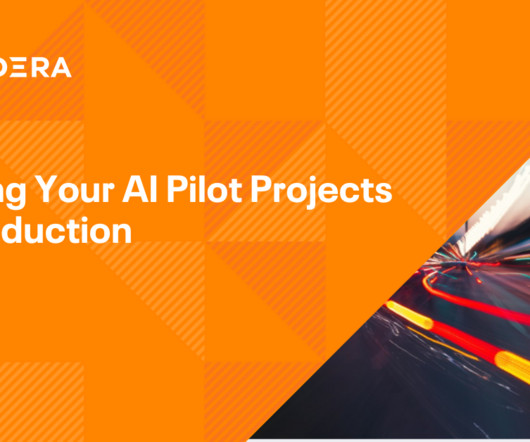Where CIOs should place their 2025 AI bets
CIO Business Intelligence
JANUARY 21, 2025
Experienced CIOs know there is never a blank check for transformation and innovation investments, and they expect more pressure in 2025 to deliver business value from gen AI investments. As gen AI heads to Gartners trough of disillusionment , CIOs should consider how to realign their 2025 strategies and roadmaps.























Let's personalize your content